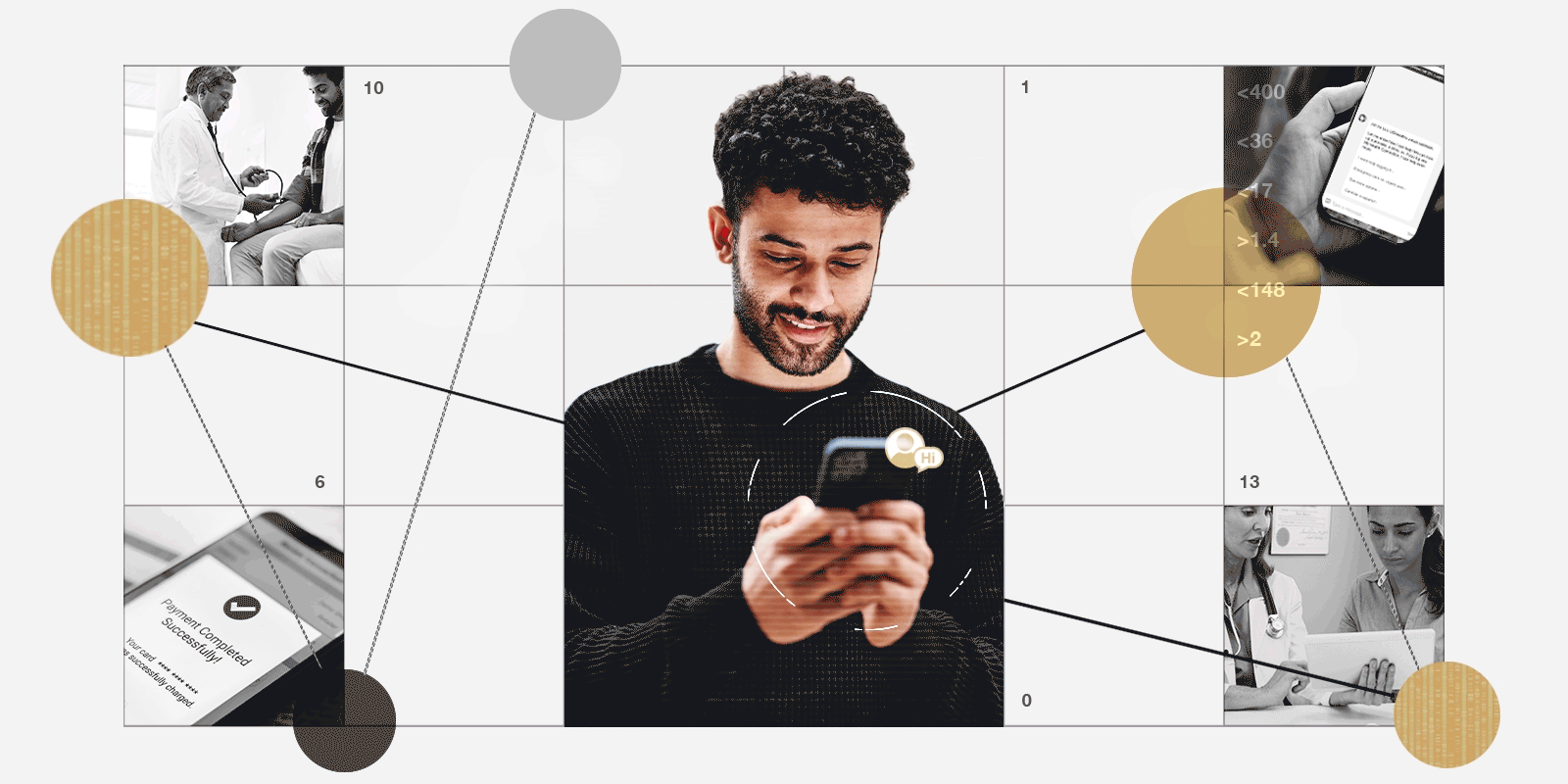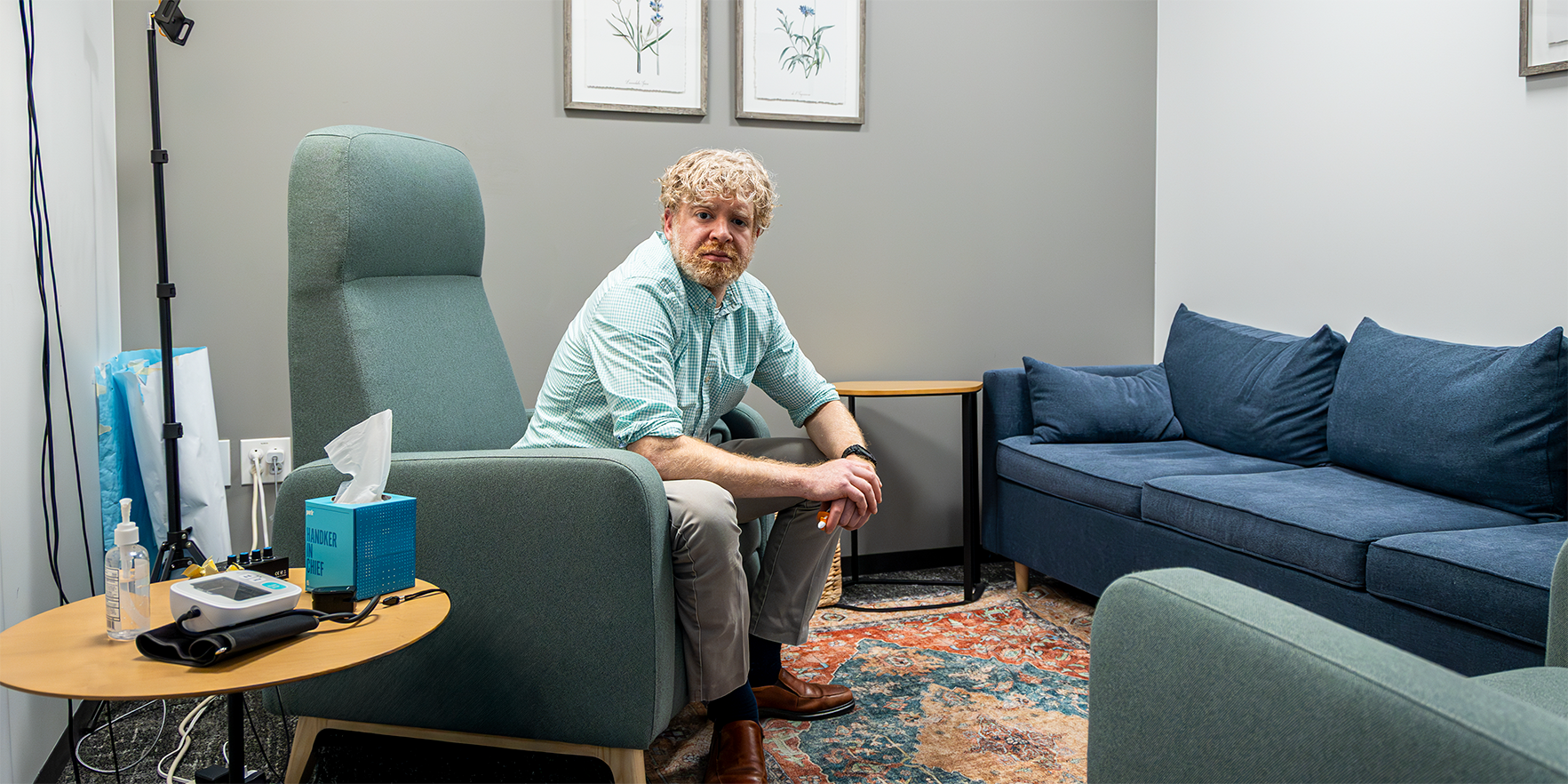For the past two months, healthcare workers at UCHealth University of Colorado Hospital have mounted an unprecedented response to the COVID-19 pandemic.
Since admitting their first suspected COVID-19 case, their work has been focused on overcoming challenges in the setting of rapidly evolving evidence.
“A lot of this stuff is gut feeling,” said Kelly Bookman, MD, explaining practicing in the new “evidence-free zone” of COVID-19 and why staff began having some severe patients spend hours on their stomachs.
“We were struggling to figure out how to keep these patients off of ventilators; we knew that patients had done better on ventilators if they were placed face down, or prone, so we just started trying it before patients needed them,” said Bookman, professor and vice chair of operations in the Department of Emergency Medicine.
Finding some success with proning is just one of many examples of creating plans on the go that Bookman and two colleagues – Anunta Virapongse, MD, MPH, and Abigail (Abbey) Lara, MD – shared during the April 29 CU Department of Medicine Grand Rounds.
A whole new medical challenge
“We initially had to send all testing out to the CDC, which had a slower turnaround,” Bookman said of the first 10 days. When tests for the SARS-CoV-2 virus did begin arriving, there weren’t enough. To best use the available testing, staff followed strict criteria. As was common in the state at that time, many patients were sent home with isolation orders without testing.
University of Colorado Hospital developed a COVID-19 disaster plan along with faculty leaders from the CU School of Medicine even before the first patient was diagnosed in Colorado, and they prepared for an unprecedented surge in patients – an overflow that, so far, has fortunately remained at bay.
Arrival of rapid tests, providing results in 90 minutes, made decisions on who to hospitalize and in what unit easier.
As staff learned how to suit up for intubation procedures, wearing masks and completely covered, reports of shortages of personal protective equipment in other states weighed on their psyches.
About three weeks in, still worried about an impending surge, providers began considering who could be safely discharged. “I remember staying up all night and looking at the literature, and it was very sparse,” Bookman said. “This was truly an evidence-free zone.”

Decked in full protective gear, Dr. Todd Clark prepares to enter a patient room in the UCHealth University of Colorado Emergency Department.
Putting creativity and expertise into care
While they practiced with no COVID-19-specific research to guide them, staff expertise and the hospital’s advanced level of care likely made a difference in patient outcomes, Lara said.
Using a case of a woman admitted for severe COVID-related pneumonia as an example, Lara said the patient initially deteriorated, falling to an 88 percent oxygen level on 15 liters of oxygen. She had severe dyspnea (shortness of breath) and her lung X-ray revealed diffuse pulmonary infiltrates.
While getting her ready for emergency intubation, the staff asked the patient to go into the prone position for transport. “Within about 60 minutes of arrival to the ICU, we were able to wean her down to about 6 liters of oxygen, and her oxygen level went up to 93 percent,” Lara said.
In the ICU, the patient was kept in the prone position during awake hours. She avoided intubation and was transferred back to the floor in four days.
Although their continued success with proning COVID-19 patients remains anecdotal, the physiologic effects of prone positioning are well-established, including that it improves oxygenation and decreases lung compression, Lara said.
Success brings new challenges
Thanks to the hospital’s treatment success, Virapongse and colleagues are now focused on safely discharging these patients to keep beds clear for new cases.
One of the most innovative ideas: A pilot program through the UCHealth Virtual Health Center using a remote monitoring device that tracks patients’ oxygen levels and vital signs. “If anything happens with those vital signs, they have an escalation plan in place to get the patients help as soon as possible,” Virapongse said.
Launched with 50 patients, the hope is to expand the program to other UCHealth facilities in the next weeks, she said.
Despite the new threat, she and her hospital colleagues came through, Lara said. “We truly were able to provide outstanding patient care and truly had an impact on our patients.”
For the Grand Rounds presentation in its entirety, view the video below.



